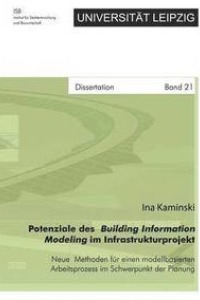
Liknande böcker
Physics-based compact modeling and parameter extraction for InP heterojunction bipolar transistors with special emphasis on material-specific physical effects and geometry scaling : Dissertation
Bok av Tobias Nardmann
The trend in modern electronics towards ever higher frequencies of operation and complexity as well as power efficiency requires a whole palette of different technologies to be available to circuit designers for various applications. While MOSFETs dominate thedigital world, they have apparently reached their top analogue performance around the 65nm node. Emerging technologies such as CNTFETs offer excellent properties such as very high linearity and speed in theory, but have yet to deliver on those promises in practice.Heterojunction bipolar transistors (HBTs), on the other hand, offer a number of key advantages over competing technologies: A very high transconductance and therefore a relatively low impact of a load impedance on the transistor operation, a high transit frequency and maximum frequency of oscillation at a comparatively relaxed feature size and favorable noise characteristics.Like all semiconductor devices, HBTs can be fabricated in diferent semiconductor materials. The most common are SiGe HBTs, which even today reach values above (ft; fmax) = (300; 500) GHz and are projected to eventually reach the THz range. However, HBTs fabricated in III-V materials offer a versatile alternative. Depending on the materials that are used, III-V HBTs can be the fastest available bipolar transistors (competing only with HEMTs, also fabricated in III-V materials, for the title of fastest available transistors overall), offer very high breakdown voltages and therefore excellent power-handling capability, show good linearity or low noise figures at high frequencies. Typical applications for III-V HBTs include handset PAs, high-effciency and high-speed amplifiers as well as high-speed oscillators . Overall, III-V-based HBTs and especially InP HBTs are excellent candidates for future high-speed communication circuits.The goal of this work is to include important effects occurring in III-V materials in a compact model for circuit design in a physical, yet intuitive way in order to aid deployment of III-V HBTs in prototypes and products. Additionally, the parameter extraction procedure for the compact model is described and analyzed in detail so an accurate, physics-based parameter set can be obtained. Finally, the agreement of the model with measurements is demonstrated for three different III-V HBT processes.







